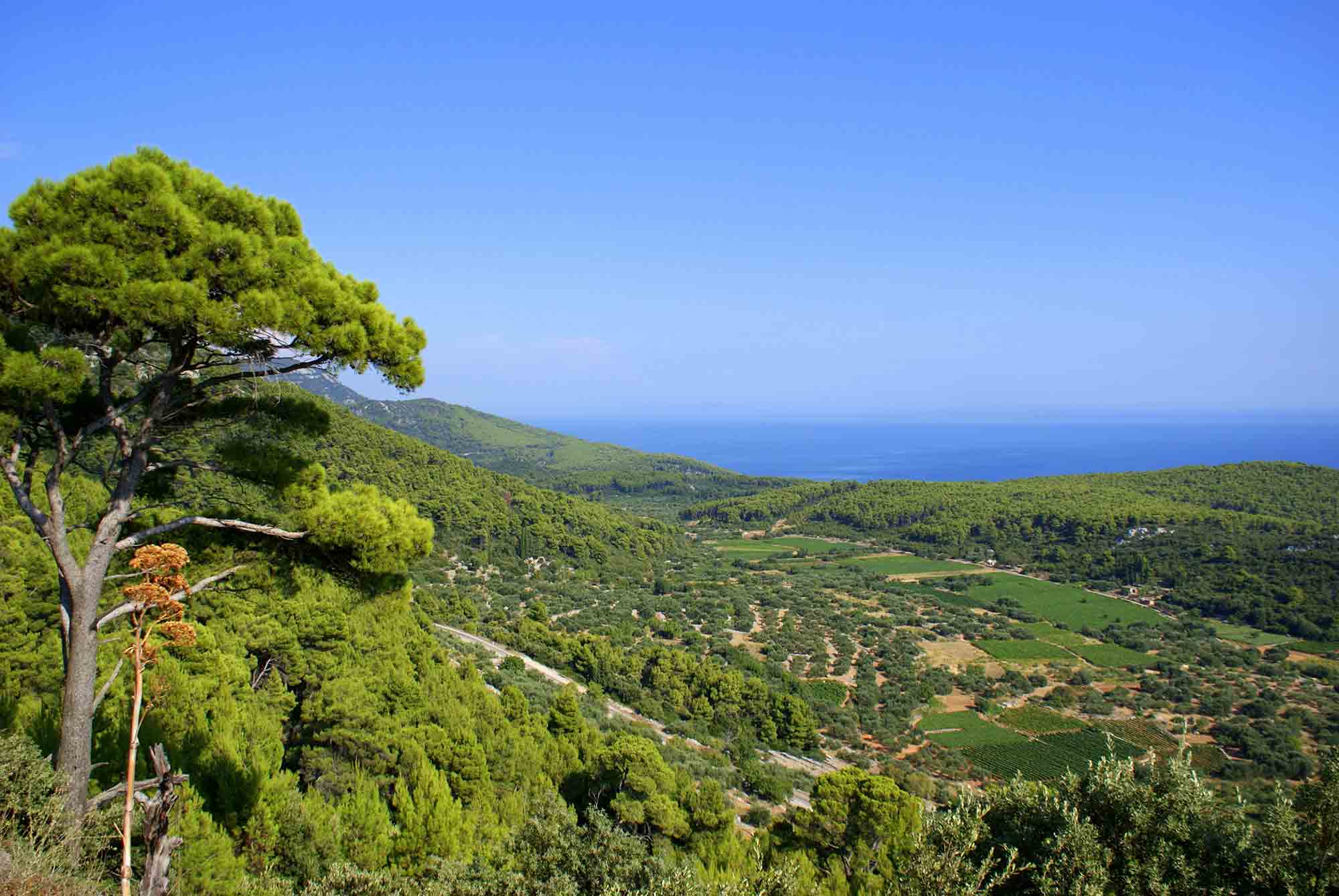Game changers: 3 white wines that act like reds
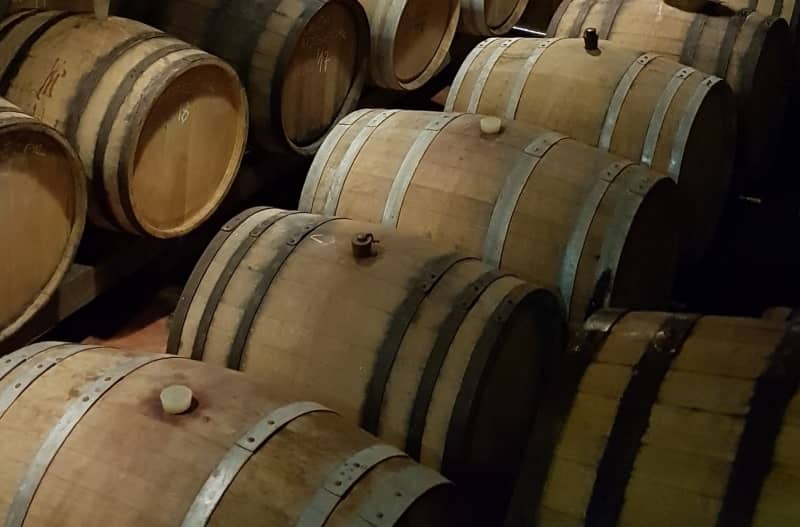
Over the past decade in the wine industry, we’ve seen a rise of an ancient style of wine. Whether you call it orange or amber, this deeply colored, extracted and tannic white wine owe their “orange name” to the amazing color in the glass.
The style of wine that is dominantly made with white grape varieties in a minimal interventionist style. It is common to have longer skin-contact and skin-fermented wines, in clay or ceramic vessels, exposed to the air. The end result is completely different version of whites, something you might have never tasted before.
The nuttiness, honey notes and often intense aromas of dried orange peels, bruised fruits or sourdough make you sit down, and reconsider your thoughts about the way white wine tastes like!
Here we suggest 3 different wines, coming from different countries that are made from white grape varieties with the ability to show much more than we’d usually expect in our regular glass of white.
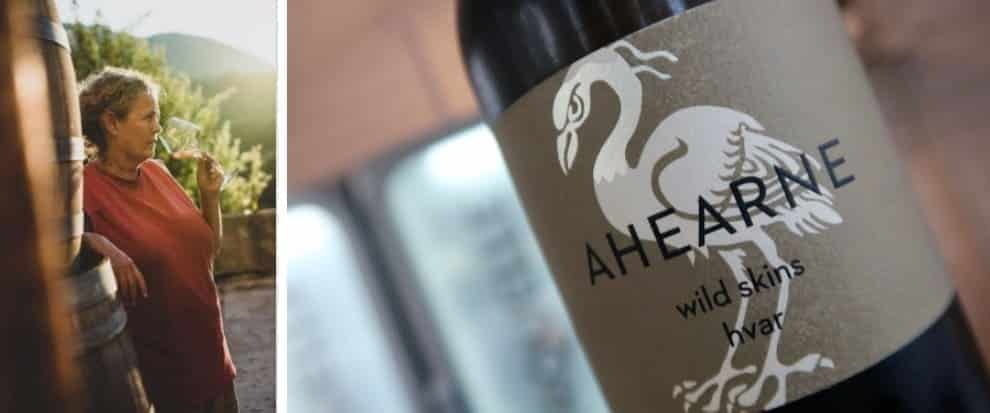
Ahearne Wild Skins 2017
Amazingly crafted local grape varieties found on island Hvar, Kuč and Bogdanuša blended with Pošip. Dramatical expression of one of the sunniest Croatian island, Hvar, with all of the Meditteranean herbs that you smell in the summer, coming out of the glass. Jo Ahearne picks the Pošip grapes for the Wild Skins blend in three stages, to preserves diversity of aromas that are concentrated in each stage of ripeness, from citrusy fresh to more exotic fruit. One of the greatest surprises of the Dalmatian white wine scene is definitely a must-try if you are looking into complex, structured white.
We came across one of the amazing articles, Andrew Jefford wrote about the Slovenian white grape variety, Rebula that made him think about the white made as if they’re red wines.
After the first International Rebula Masterclass, Andrew concludes that although when we think about whites made in the red style, with power, structure and tannins – the orange or amber style isn’t the only one. There are grapes that capture sites, position and extract something remarkable from the soil, later transformed into age-worthy whites made in a more conventional style. Style often described as the white Burgundy.
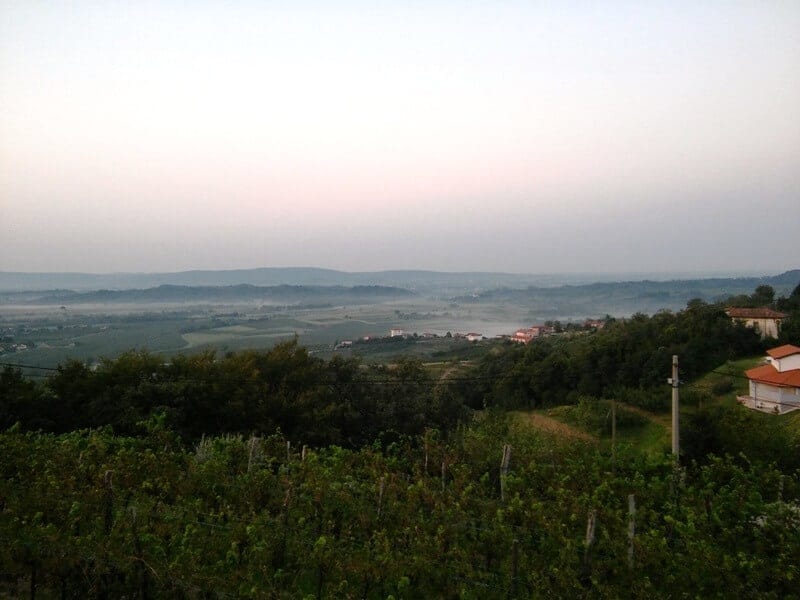
Rebula, a white Slovenian gem
Call it Rebula (Slovenia) or Ribolla Gialla (Italy) this is an ancient grape variety. Thrilling both as a young wine but oh boy, can it age to the perfection. It offers winemakers such diversity in reflecting the terroir, and in Slovenia, the best is planted on flysch soils called opoka.
Often blended with international grape varieties, like Sauvignon Blanc, Pinot Gris, Chardonnay it gives winemakers the opportunity of making their signature style, statement wines and their vision of the perfect bold white.
Movia Veliko Belo (The Big White)
As Aleš Kristančić says, it is his own, distinctive style of a big white wine. The Rebula dominates the blend with 70%, but Movia’s approach to blending this “Big White” is different than the usual. Instead of blending finished wines of each variety, Movia blends the grapes that undergo fermentation together.
After 3,5 years of aging and at least another year in the bottles, Movia Veliko Belo comes to the market at approx. 5 years of the careful nurturing process. It has seen no interventions, nor in the vineyards that are organic and more than 40 years old, the yeast is natural and there’s no sulfur added after. A wine that can certainly wait a lifetime, it is a signature white that has to be tried if you are already Goriška Brda fan!
Žilavka from Herzegovina
Herzegovina is by winter influenced by the Mediterranean climate which helps to keep the winter temperatures above the 0 Celsius degrees but in the summer, that influence is minor due to the heated limestone rocks. Summer can be very hot and usually dry, and when all off the green life around Herzegovina fields goes down there’s a grape variety in the vineyards that remains green. It’s called Žilavka, roughly translated to the feisty one.
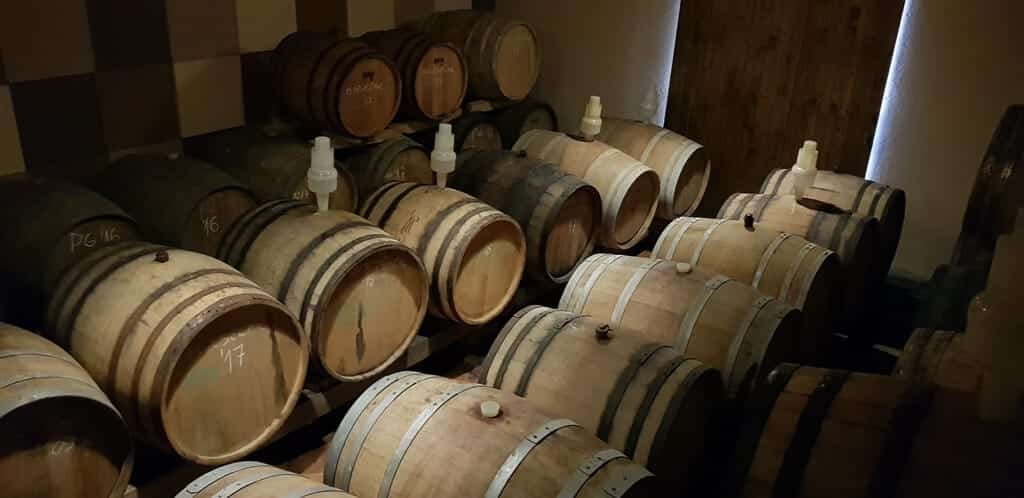
As it almost always is, most of the white grape varieties are made in a younger, easier to approach style that is ready to drink and enjoy immediately. But what more winemakers are exploring with Žilavka, is the unique character that it has when maybe harvested a bit later, aged sur lie, given some skin-contact and time. We visited the Brkić wine cellar, that could maybe be the most tranquil visit to the winery ever. The completely biodynamic approach to winemaking, Brkić winery makes stunning styles of Žilavka.
More winemakers, like the Škegro, Nuić and the Carski podrumi are presenting their version of selected Žilavka which will give you an idea about this powerful white wine of Herzegovina.



















